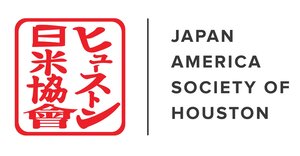Week 7 of our “Wagara Wednesday” series highlights the yagasuri (矢絣) or yabane (矢羽) pattern depicting feather fletchings of arrows.
Popular since the Heian Era, yagasuri/yabane was primarily used on men's clothing owing to the archery connection. However, in the Edo Period (1603-1868), the pattern came to be associated with weddings, and brides were given kimonos featuring the yagasuri/yabane pattern to serve as '“good luck charms” ensuring they would not need to return to their original family home.
The yagasuri/yabane pattern is also loosely associated with hamaya (破魔矢), the "demon quelling" arrows sold to ward off evil at shrines at New Years.
Ultimately, the yagasuri/yabane pattern has come to represent steadfastness and determination, as an arrow that is shot straight never comes back.
Today, the yagasuri pattern is an expression of our hope that, as we enter a new phase of the COVID-19 fight, we will not see a reversal of the progress that has been made to slow the growth of the virus.

